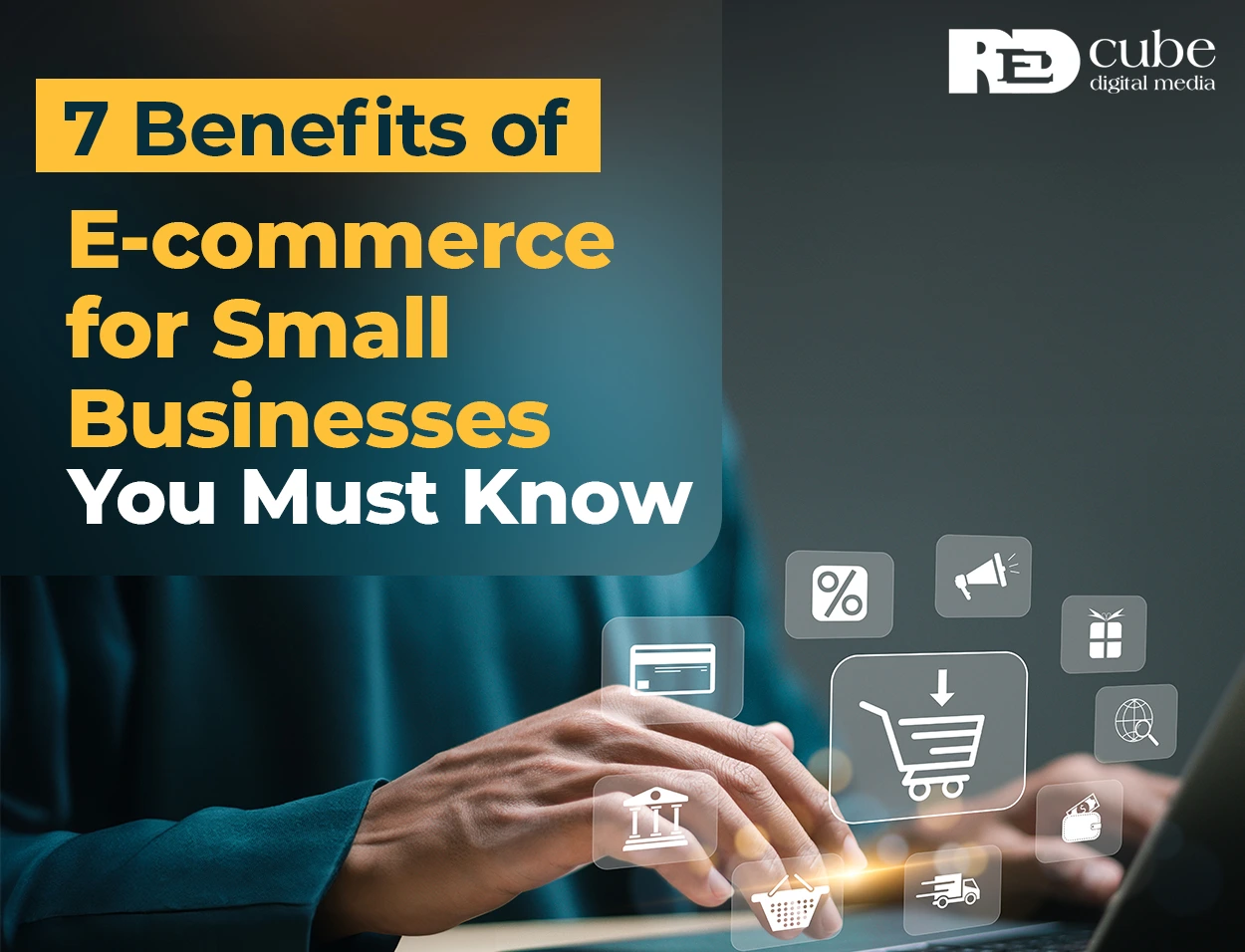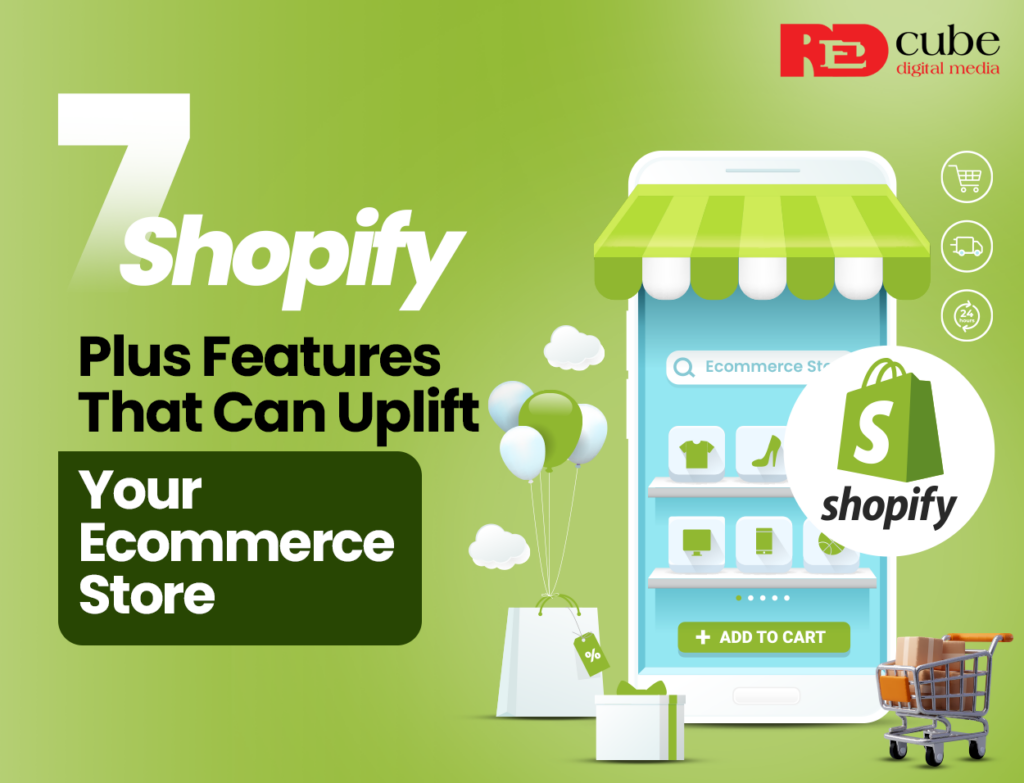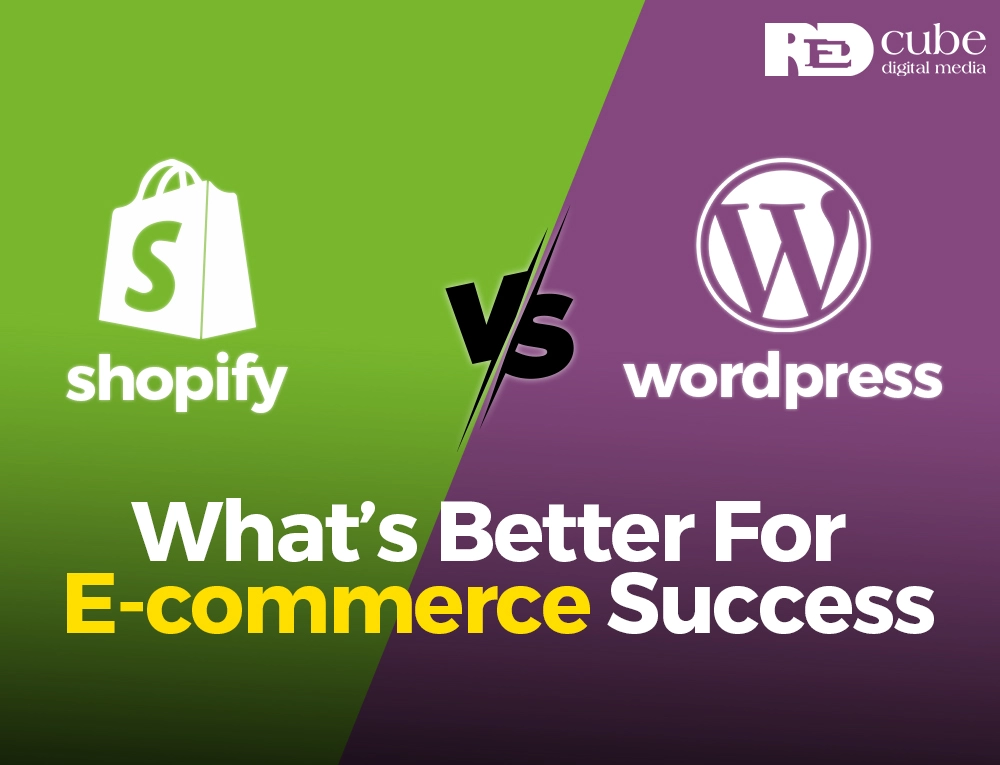Are you still not having an E-commerce for your Businesses? Are you unaware of the importance of E-commerce for Small Businesses? Well, in today’s era E-commerce is a hero for any business. E-commerce has transformed how businesses operate, especially for small enterprises. By enabling businesses to sell products and services online, it provides a platform to reach broader markets, increase sales, and reduce operational costs.
For small businesses, e-commerce can be a powerful tool for growth and sustainability—if approached strategically. In this blog, we will see a breakdown of the essentials small businesses need to succeed in the online marketplace.
7 Benefits Of E-Commerce for Small Businesses
1. Understanding Your Market and Audience
Every e-commerce venture should begin with a clear understanding of the target market. Identify who your ideal customers are, what their shopping behaviors look like, and where they spend time online. Key elements include:
- Customer demographics
Age, location, gender, and purchasing power.
- Shopping habits
Preferences for mobile or desktop shopping, common purchase categories, and preferred payment methods.
- Competitor analysis
Identify the main competitors in your niche, and study their strengths, weaknesses, and customer reviews.
With a solid understanding of your target market, you can tailor your product offerings, website design, and marketing efforts to resonate with your ideal customers.
2. Selecting the Right E-commerce Platform
Choosing an e-commerce platform that suits your business size, budget, and technical skills is critical. Popular platforms for small businesses include:
- Shopify
Known for its ease of use and customizable templates.
- WooCommerce
Integrates seamlessly with WordPress, making it ideal for businesses that want control over their website.
- Squarespace
Offers simple website-building tools with integrated e-commerce features.
- BigCommerce
A robust solution with scalability options for growing businesses.
Each platform comes with unique features, so consider transaction fees, ease of customization, and the availability of support when making a choice.
3. Setting Up a User-Friendly Website
Your website is the digital face of your business. It should be easy to navigate, aesthetically pleasing, and optimized for conversions. Key features include:
- Clear product categories
Make browsing intuitive by categorizing products logically.
- High-quality images and descriptions
Use professional images and provide detailed, engaging product descriptions.
- Mobile responsiveness
A significant portion of online shopping happens on mobile devices, so ensure your website is optimized for smartphones and tablets.
- Quick loading time
A delay of even a few seconds can lead to higher bounce rates, so optimize for fast loading.
4. Streamlining Payment and Shipping Options
Offering a smooth, secure checkout experience is essential to reducing cart abandonment and ensuring customer satisfaction. Some best practices are:
- Multiple payment methods
Provide options like credit/debit cards, digital wallets (like PayPal or Apple Pay), and even Buy Now, Pay Later options.
- Transparent shipping policies
Display shipping costs, delivery times, and return policies clearly to build trust.
- Order tracking
Offering order tracking gives customers peace of mind and reduces inquiries about delivery status.
5. Prioritizing SEO and Digital Marketing
Getting found online is essential for e-commerce success. SEO (Search Engine Optimization) and digital marketing are critical tools to drive traffic to your website and build brand awareness. Focus on the following:
- Keyword research
Identify terms your audience is searching for and integrate them naturally into product pages and blog content.
- Content marketing
Use a blog to post valuable content, such as guides and product comparisons, to help improve SEO and establish authority.
- Social media marketing
Platforms like Instagram, Facebook, and Pinterest are visual-driven and highly effective for e-commerce. Engage regularly with posts, stories, and ads.
- Email marketing
Build a customer mailing list to share new arrivals, discounts, and special offers, which helps keep your audience engaged and boost repeat sales.
6. Building Customer Trust and Loyalty
Trust is vital for e-commerce businesses. When customers trust your brand, they’re more likely to make a purchase and return for future ones. Build trust by:
- Displaying customer reviews and testimonials
Positive reviews reassure new customers and boost credibility.
- Implementing secure payment gateways
Security badges (such as SSL) on your website show customers that transactions are secure.
- Providing excellent customer service
Offer multiple ways for customers to contact you, including email, phone, and chat support.
- Loyalty programs
Reward repeat customers with discounts, points, or special perks to encourage loyalty.
7. Analyzing and Optimizing Performance
Regular analysis of your e-commerce metrics can reveal areas for improvement and help you make data-driven decisions. Important metrics to monitor include:
- Conversion rate
The percentage of visitors who complete a purchase.
- Average order value (AOV)
The average dollar amount spent per transaction. This helps in determining pricing strategies and bundling opportunities.
- Customer acquisition cost (CAC)
How much you’re spending to acquire a new customer, helping you understand marketing ROI.
- Customer lifetime value (CLV)
The projected revenue from a customer over the duration of their relationship with your business.
Using tools like Google Analytics, platform-specific analytics, and customer feedback can help refine strategies, improve customer experience, and boost overall profitability.
In the end, E-commerce is no longer a luxury for small businesses; it’s a necessity. The online marketplace opens up a world of opportunities, allowing businesses to expand their reach, increase sales, and improve customer engagement—all while minimizing overhead costs. By understanding your market, choosing the right platform, optimizing your website, and leveraging effective digital marketing strategies, small businesses can compete effectively and thrive in an increasingly digital landscape.
We hope by this blog you will understand the importance of E-commerce for Small Businesses. Building a successful e-commerce business involves more than just setting up a store; it requires thoughtful planning, a customer-centric approach, and ongoing refinement based on data-driven insights. Now is the time to take advantage of e-commerce’s potential. Start by integrating these essential strategies into your business and watch as your online success story unfolds.
FAQs
1. What’s the best e-commerce platform for beginners?
For beginners, Shopify and Squarespace are popular options due to their user-friendly interfaces and strong customer support.
2. How can small businesses drive traffic to their e-commerce site?
Digital marketing tactics such as SEO, social media, and email marketing are cost-effective ways to drive traffic. Investing in paid ads on platforms like Google and Facebook can also provide quick results.
3. Is it necessary to have a mobile-friendly site?
Yes, mobile optimization is essential as a large share of online shoppers browse and purchase through their mobile devices. A mobile-friendly site also improves SEO rankings on search engines.
4. How important is SEO for e-commerce?
SEO is crucial for e-commerce as it enhances online visibility. Ranking high on search engines makes it easier for potential customers to find your products, leading to higher traffic and sales.
5. How can small businesses compete with larger e-commerce brands?
Small businesses can compete by offering unique products, exceptional customer service, and a personalized shopping experience. Engaging in storytelling and loyalty programs can also help build a dedicated customer base.



